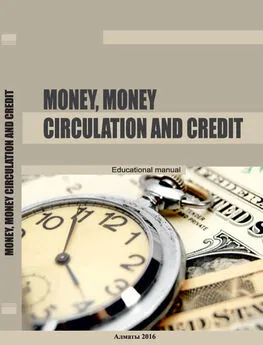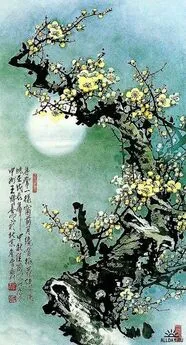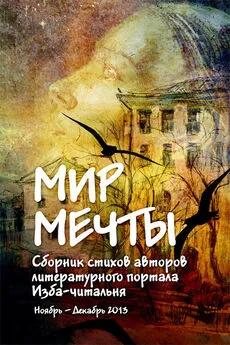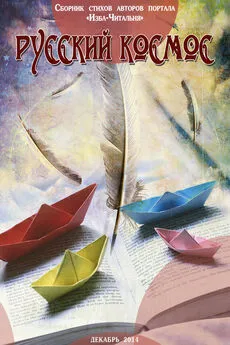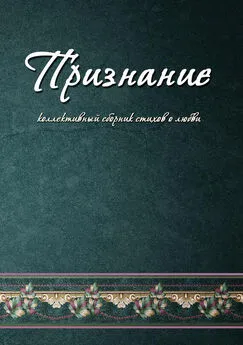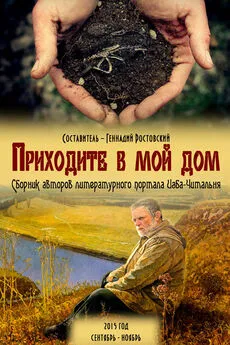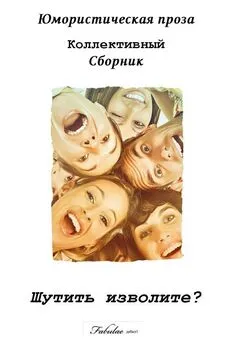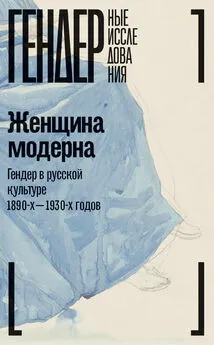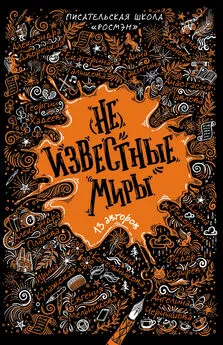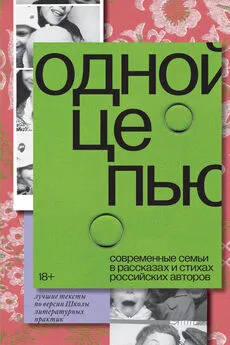Коллектив авторов - Money, money circulation and credit
- Название:Money, money circulation and credit
- Автор:
- Жанр:
- Издательство:Казахский национальный университет имени аль-Фараби Литагент
- Год:неизвестен
- ISBN:978-601-04-1569-0
- Рейтинг:
- Избранное:Добавить в избранное
-
Отзывы:
-
Ваша оценка:
Коллектив авторов - Money, money circulation and credit краткое содержание
This еducational manual is published for students and lecturers of the economic universities.
And is also could be useful for credit and fi nancial system employees.
Any distribution of this work or its part without the author’s agreement or other actions which violate a copyright norms are prohibited and punished by law.
В учебном пособии рассматриваются вопросы теории и практики денег, кредита и банковской системы страны, в частности, сущность денег, денежное обращение, кредит, денежная, кредитная и банковская система государства, становление и развитие банковской системы республики, ее функции и операции, развитие рынка ценных бумаг, фондовая биржа и международные валютно-кредитные отношения.
Учебное пособие предназначено для студентов и преподавателей экономических вузов. Также оно может быть полезным работникам кредитно-финансовой системы. Любое распространение этой работы или ее части без согласия автора или других действий, которые нарушают авторское право, запрещены и караются по закону.
Money, money circulation and credit - читать онлайн бесплатно ознакомительный отрывок
Интервал:
Закладка:
With the gold usage situation the humanity faced the fact that this metal looses any other distinctive features except quantity. This particular relates this metal with the cost i.e. it looses all the differences between the heterogeneous types of labor. The gold represents itself in the form of «clot» that lacks substance of labor and quantity of socially needed time spent on the concrete good production.
But it should be noted that the gold in itself is not money but the money are gold. Thus we emphasize that the transformation of gold into money is not the natural but objectively social process which takes a lot of time.
With the money form of value appearance the goods receive a specific form of its cost existence in term of price (moreover it is a certain quantity of gold on which the good could be exchanged).
The transition from the subsistence to commercial farming and the exchange equivalence compliance determined the necessity of money appearance without which the mass exchange of goods based on the production specialization and the commodity producers’ material insulation is impossible.
The necessity of money appearance and usage is proved by the numerous and unsuccessful attempts to get away without them. This is borne out by Robert Owen’s idea bankruptcy in 1832 who tried to exchange the goods without money by means of goods evaluation on the basis of work time expenditures with usage of «labor bons». The Russian experience was either unsuccessful when in 1918 and 1921 the attempt of product exchange on the basis of natural coefficients was applied.
In about the XII thcentury B.C.E. in China and in the VII thcentury B.C.E. in the Mediterranean States – Lydia and Aegina – the metal coins appeared which were similar by weight, size and alloy composition.
The evolution of money didn’t stop on this. We can distinguish the next stages of the cost’s forms development: the stage of transition to paper and credit money and then their phasing-out from the turnover as a result of what the electronic money appear.
Besides the mentioned above points of view the other metal and nominal theories (nominalism) in economics regarding money and their nature were expressed.
The metal theory identifies money with precious metals. The theory proves that money should certainly have an inmost value in order to perform its functions. The most significant followers of this theory were the mercantilists who considered that gold and silver are the money by their nature and in virtue of their natural features. This approach reflected the situation truly in whole for the systems with the full-bodied (commodity) money.
The nominalism identifies money by the symbols of value (signs), conventional payment units. The most important is not the metal content of money but their symbolism (nominal). First of all money are considered as the product of state power and legal relations when their purchasing power is determined by the State. In whole the nominal theory of money reflects the true nature of money in the modern economic systems.
There are a lot of approaches of money determination. For example they could be rendered as a special good which plays role of a universal equivalent. This description remains actual for the long term though in the modem economic literature we can meet the other descriptions which usually indicate the other separate functions or peculiarities of money.
Money – metal and/or paper are the standards of value during the purchase and sale deal which play role of a universal equivalent, i.e. they express the value of all of the goods and are exchanged on any of them. (Shorter Economics Dictionary / under the editorship of A.N. Azriliyan – M., 2000).
Paul A. Samuelson writes that the flow of money is the source of life power, money provide the measuring rod of value. Besides money act as a medium of exchange and as standard unit of value or account. (Paul A. Samuelson «Economics» – M., 1992 – T. 1., – p. 40, p. 47).
According to the evolutional theory we can give the following description of money: Money are the historically developing economic category which expresses the definite economic relations between people in the process of production and distribution.
The essence of money consists of their features:
The universal immediate exchangeability – the possibility to exchange money onto any items of value.
The independent form of exchanged value which is not connected directly with realization of goods. The most significant cases of money usage in this form are credit accommodation, loan indebtedness redemption, financing of various manufacturing and nonmanufacturing costs, etc.
The materialization of the universal labor time is that labor spent on the goods production creates their value which could be changed by means of money.
1.1.2. The functions of money
The generation of money and their usage led to the great consequences. Money generation allowed to overcome the narrow bounds of mutual exchange of separate producers by means of goods and to create conditions for market generation in the operations of which many owners of different goods can take part. It provided the further development of production and improvement of its effectiveness.
The fact of money usage has a considerable importance because thanks to which appeared an opportunity to separate a nonrecurrent process of the goods’ mutual exchange (G-G) on two asynchronically implemented processes:
– the first consists of the good sale (G-M);
– the second consists of the required good purchase in another time and in another place (M-G).
Whereby the usage of money is not implied as a representative in the goods exchange processes. By contrast the money functioning obtains features of an independent process: the commodity producers can save money got from the realization of their goods till the moment of required good purchase. Hence the money savings appeared which could be used as for the goods purchasing and for money loaning and for debts repayment.
As a result of such processes the money flow acquired an independent meaning and separated from the goods flow.
The money functioning got more independence after the full-bodied money substitution which had their own cost onto the monetary units and after the following fixed gold content of the monetary units cancellation. After that the money appeared without their own intrinsic value what allowed to emit the monetary units according to the turnover necessities regardless the gold guarantee availability.
Thanks to cashless settlements generation including payments made on electronic devices the independence of money enhanced widely.
From the great antiquity we can follow the proofs that money performed three basic functions:
1) the standard of value;
2) the instrument of circulation;
3) the store of value.
The first money function is the function of value standard or in simple words of unified product worth measurer for sellers and buyers. In order to define the value of any good it should be compared with some quantity of money. However it must be borne in mind that money don’t make goods comparable because the last are the products of human labor and have homogeneous base of comparison – abstract labor.
The value of good expressed in money is the price of good. The price or monetary commodity form, ideal form with only an idea. Only the good with a relative form of value can have a price. Money do not have price, their cost couldn’t be defined by the money themselves. Instead of price money have a purchasing power expressed in an absolute quantity of goods which could be purchased on them.
After money invention people could find them usage only because they made one more great invention: all the goods could be compared to each other on the basis of their relative value and the value itself could be expressed by means of unified measurer – money. For the commodity-money operations different monetary units are used – tenge, dollars, marks, etc. These units measure and compare value of commodities. This function of accounting money is called standard of prices.
Money as a standard of value is homogeneous what is very important for counting and record keeping of implemented transactions. Expressing prices in dollars and cents people can compare and equalize the value of different goods immediately and freely.
If one good costs 20 tenge and the other 10 then the relative value of these goods is evident. Let’s say that our economy system doesn’t have a standard of value. In this case instead of definite price expression of each good in tenge we would form proportions of exchange of each good and service on each other good. For different goods and services the quantity of possible combinations is quite great and the good’s price determination becomes quite difficult.
Between money as a standard of value and money as a standard of prices the substantial differences exist. Money as a standard of value relates to all the other goods, it appears spontaneously, changes in accordance with the quantity of social labor spent on money commodity production. Money as a standard of prices is specified by the State and acts as fixed weighted quantity of metal changing with the cost of this metal.
Initially the weight content of the monetary unit coincided with the standard of prices what reflected in the names of some monetary units. Thus in past the English pounds sterling really and truly weighted one pound of silver. During the gold circulation the standard of prices supposed the monetary unit determination equal to the definite quantity of gold. In the USA in 1900 one dollar was equal to 1.50463 g. of pure gold but during the following devaluations of dollar the content of gold fell triply: in 1934 to 0.889 g., in December of 1971 to 0.818 g. and in February of1973 to 0.737 g. In the course of historical development the standard of prices separated from the weight content of monetary unit.
The Jamaican currency system introduced in 1976 till 1978 canceled an official price on gold and the gold parities as a result of which the official standard of prices became irrelevant. Gold was drove out of circulation by inconvertible credit money. At present time the official standard of prices changed on actual which forms spontaneously in the process of market exchange.
During the inconvertible credit money circulation the price confirms in the goods directly but not in gold. That’s why the price is the form of appearance of exchange ratio of the good to all the goods but not to the yellow metal specifically.
At present time paper money performs the function of standard of value without any gold guarantee but not less successfully then precious metals.
Money as an instrument of circulation. Money was born by trade and appeared as a technical mean which facilitates the goods’ exchange. Because without money only the direct exchange could be done when each of partner has a required good for another partner. But even there will be three people they can fail the deal if won’t use money. In other words money facilitate greatly the transition (or, as economists say, «circulation») of goods between the trade participants. Money serves as a universal language which helps sellers and buyers to come to agreement.
By the way that’s exactly why gold and silver became the main money commodities which contained the basis of the World’s leading countries’ monetary systems till the middle of the last century. These precious metals were admitted by the majority of nations all over the World as the most recognized monetary language which facilitated greatly as internal and international trade.
Читать дальшеИнтервал:
Закладка:
